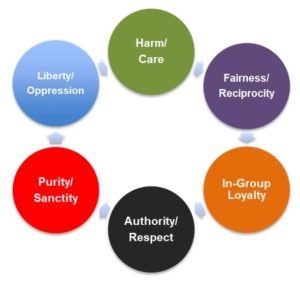 If you know me, you’ve probably noticed that I love analytical models. During my career I’ve made a point of collecting these tools and applying them to the work I do for my clients. I find these tools to be invaluable and rely upon them heavily – they make me a better researcher. By drawing upon the thinking of very smart people, we can make ourselves that much smarter. However, I’ve also learned to be judicious in how I use these tools. As the statistician George Box famously observed, “All models are wrong, but some are useful.” The reason Box called them ‘wrong,’ is that models are – by their fundamental nature – oversimplifications. And, while over-generalization can be powerful analytical technique, we must use it cautiously, and with full awareness of its limitations and risks.
If you know me, you’ve probably noticed that I love analytical models. During my career I’ve made a point of collecting these tools and applying them to the work I do for my clients. I find these tools to be invaluable and rely upon them heavily – they make me a better researcher. By drawing upon the thinking of very smart people, we can make ourselves that much smarter. However, I’ve also learned to be judicious in how I use these tools. As the statistician George Box famously observed, “All models are wrong, but some are useful.” The reason Box called them ‘wrong,’ is that models are – by their fundamental nature – oversimplifications. And, while over-generalization can be powerful analytical technique, we must use it cautiously, and with full awareness of its limitations and risks.